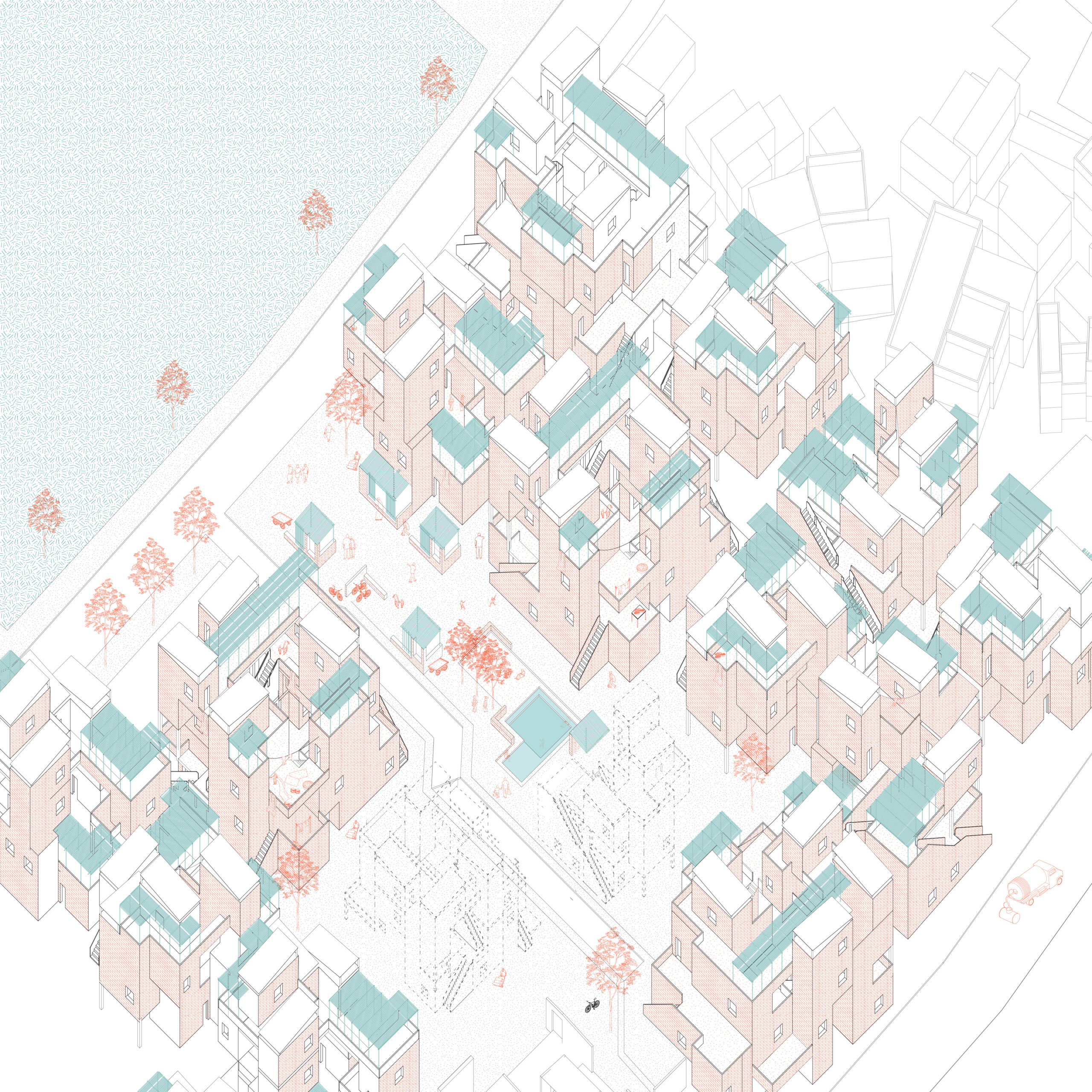Jaipur faces a serious housing and infrastructure crisis, especially for those living in informal housing settlements, or slums as they are more commonly known by.
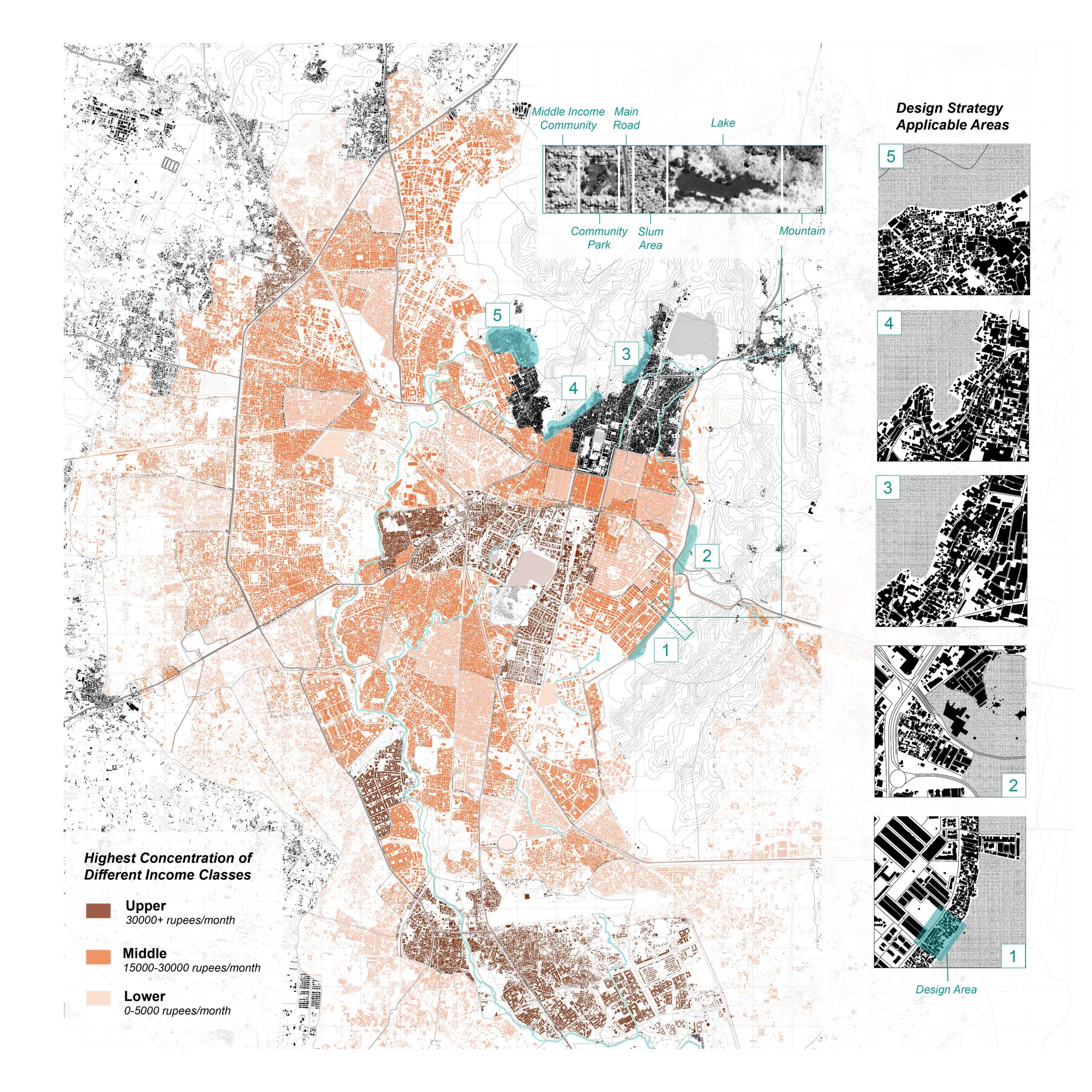
The large slum areas in east Jaipur face problems of inaccessible transportation, basic amenities, and sufficient public space, while also consisting of inhumane housing conditions which leaves residents’ homes vulnerable to flooding during the monsoon season. Informal housing settlements in Jaipur lack adequate access to potable water, basic sanitation infrastructure, toilets, ventilation, and greenspace.
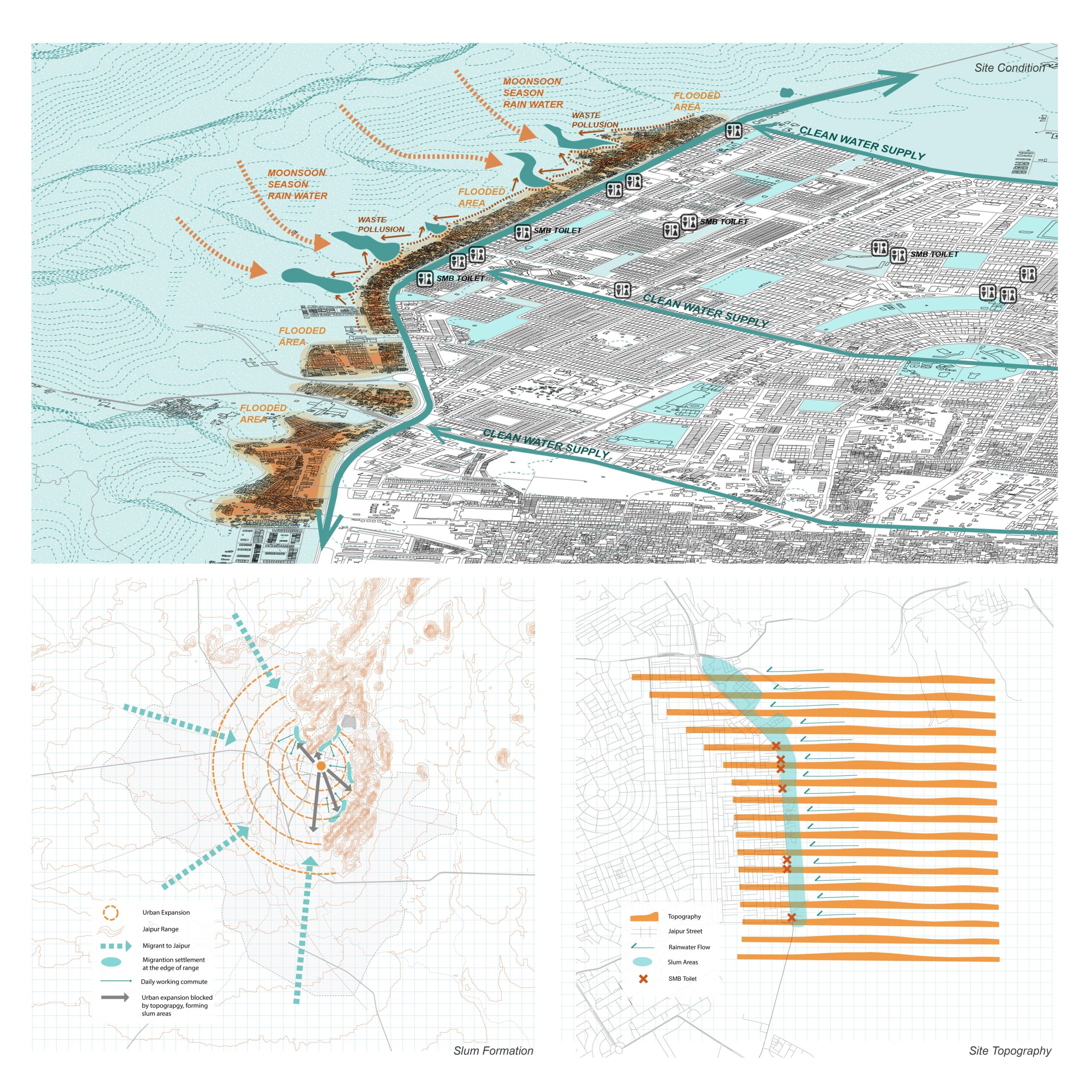
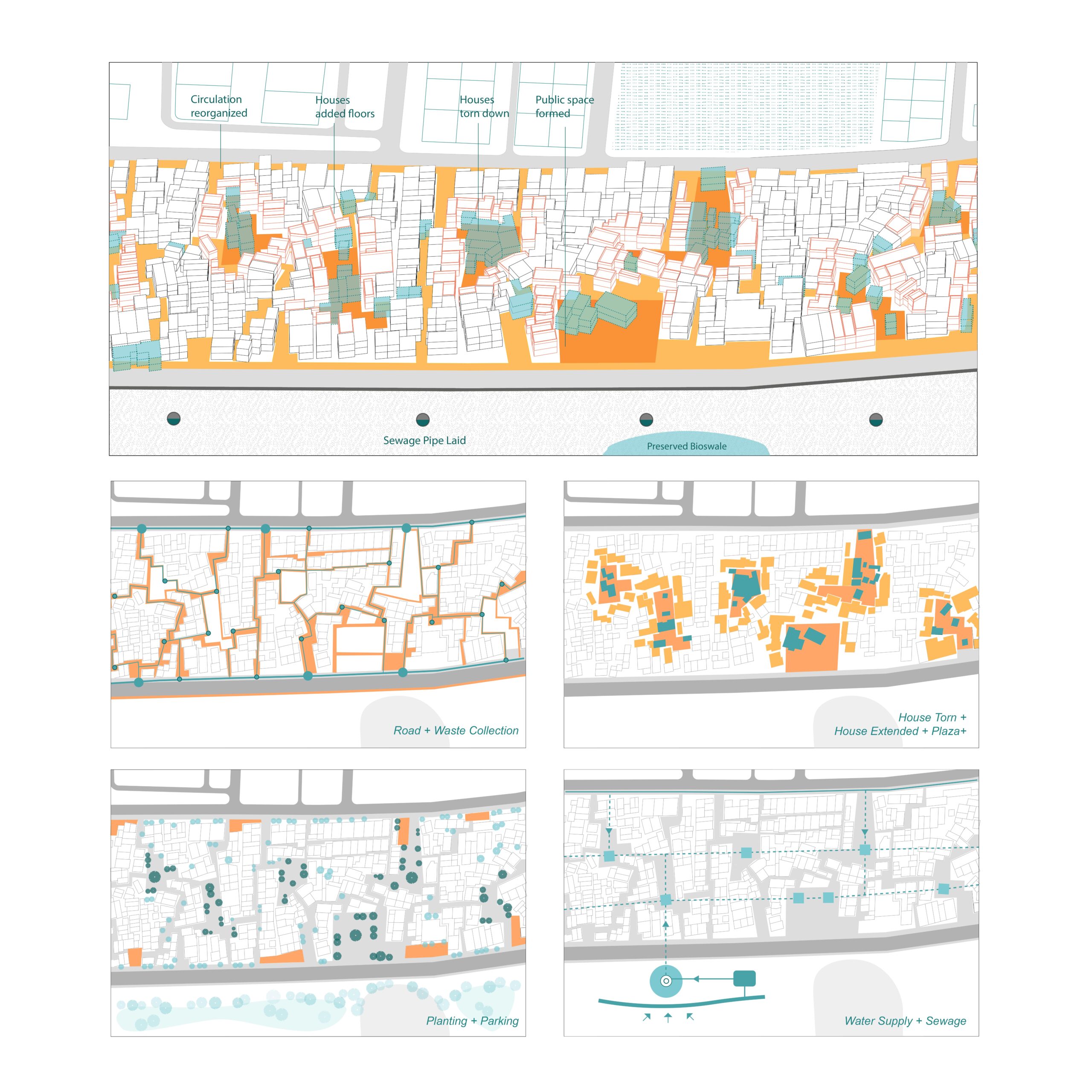
Through housing and morphology research, it has been deduced that many strategies can be implemented to improve the living conditions and well-being of slum dwellers through a series of phases. The project aims to improve life in the slums by adopting a series of strategies such as circulation reorganization, infrastructure upgradation, shared public space creation and updating the housing unit in the model neighborhood. The model neighborhood is situated within the slum of Saraswati in east Jaipur along the Aravalli Range. It provides many opportunities to create new service roads and transportation access to the adjacent areas to the west. Finally, these strategies are encouraged to be applied to the areas facing similar situations in or out of Jaipur.
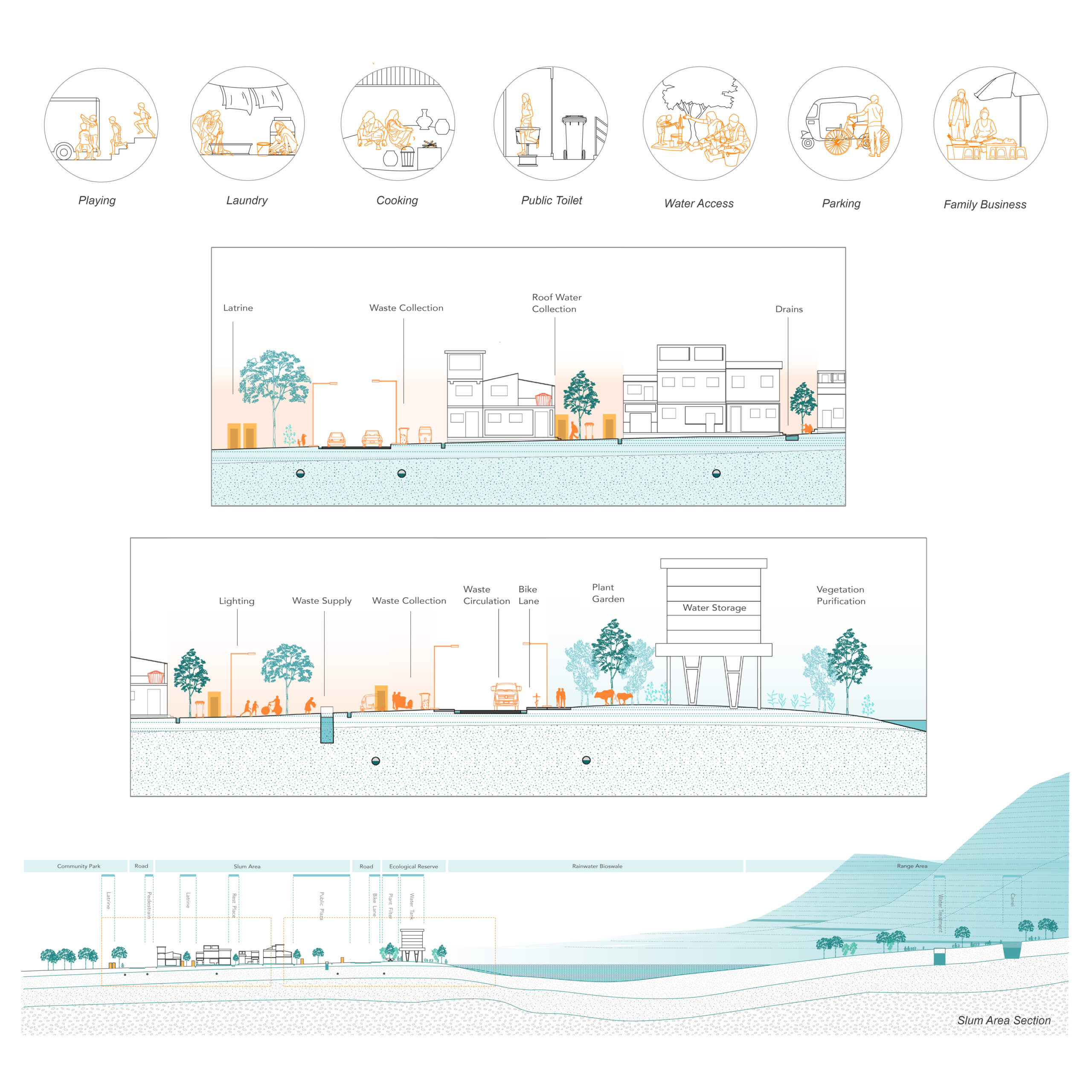
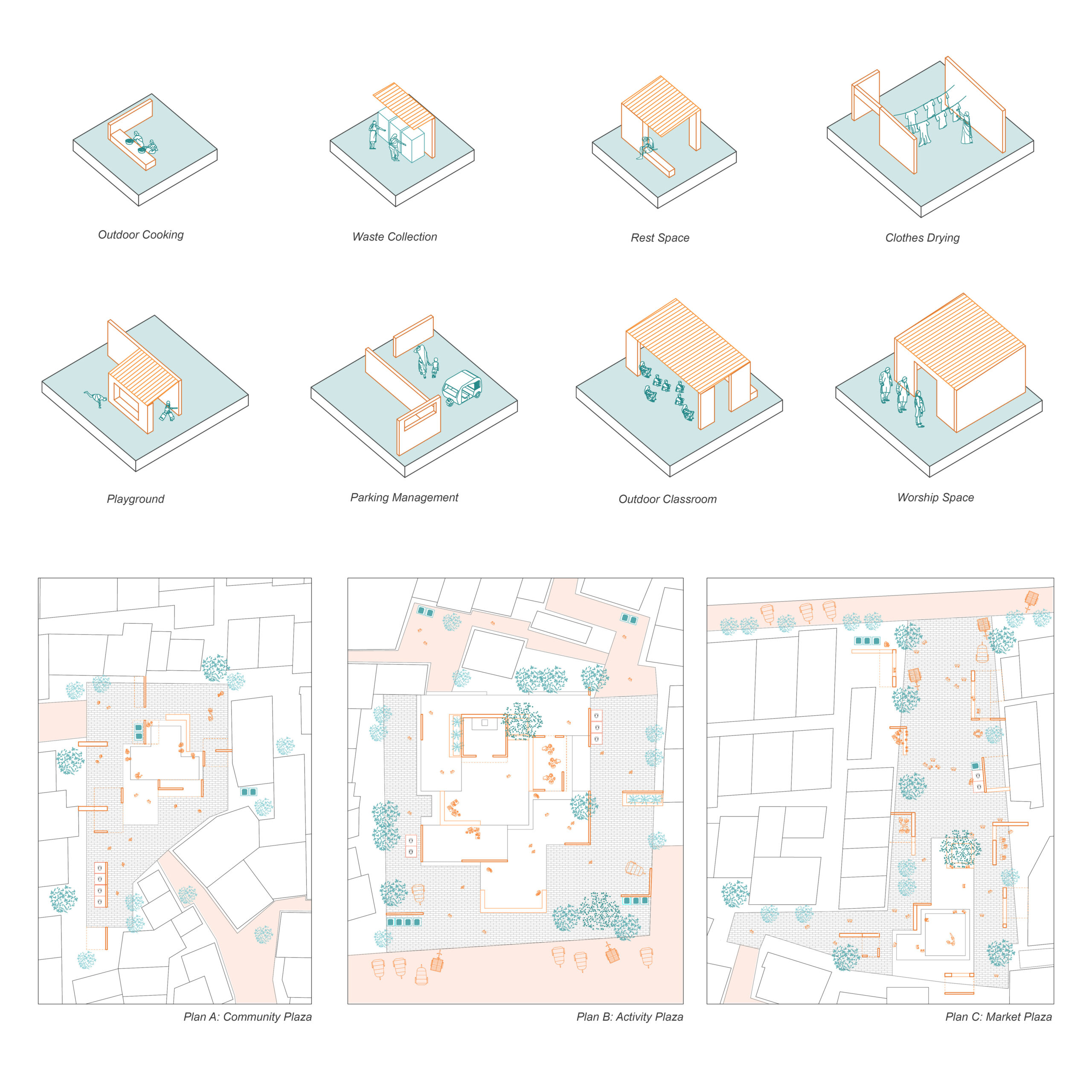
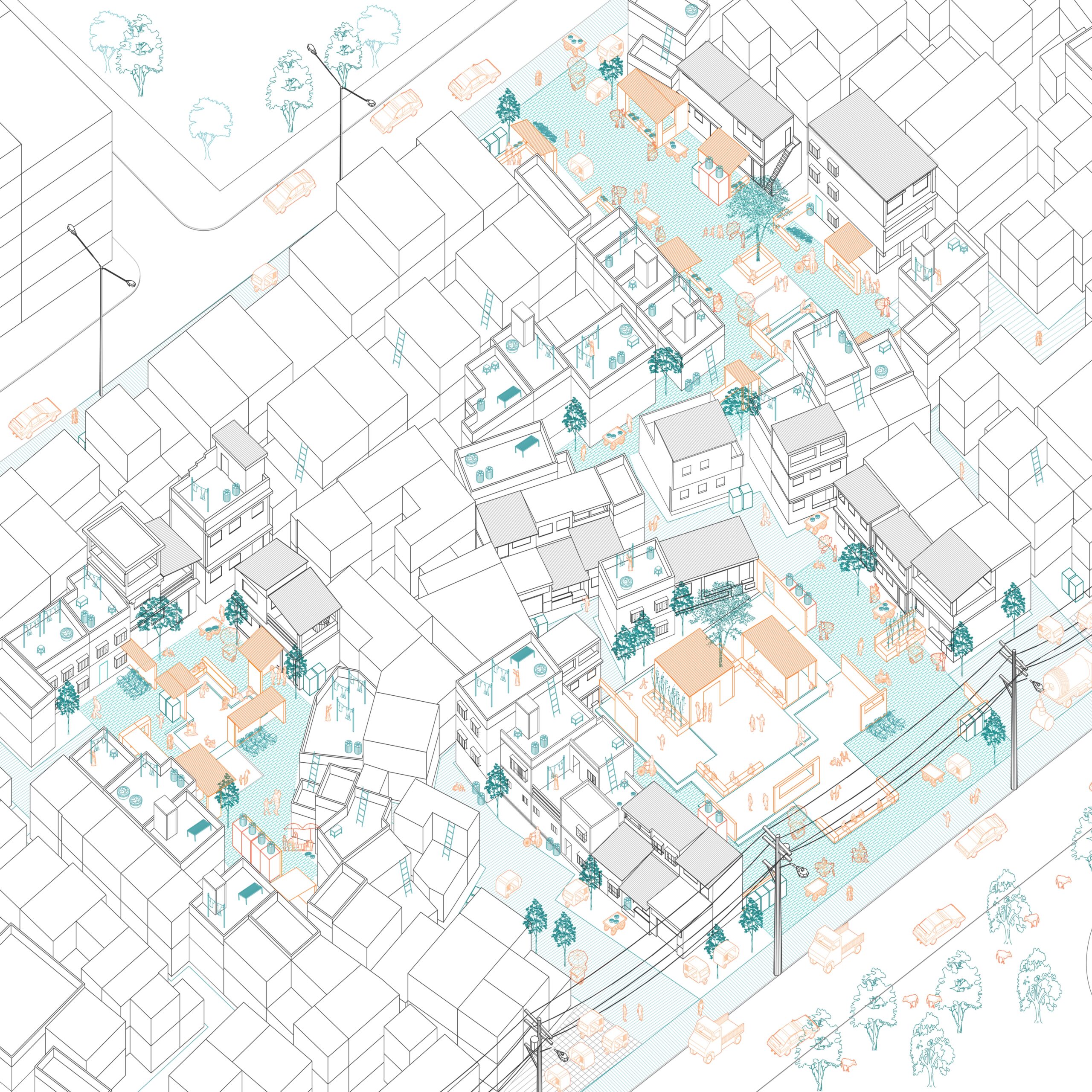
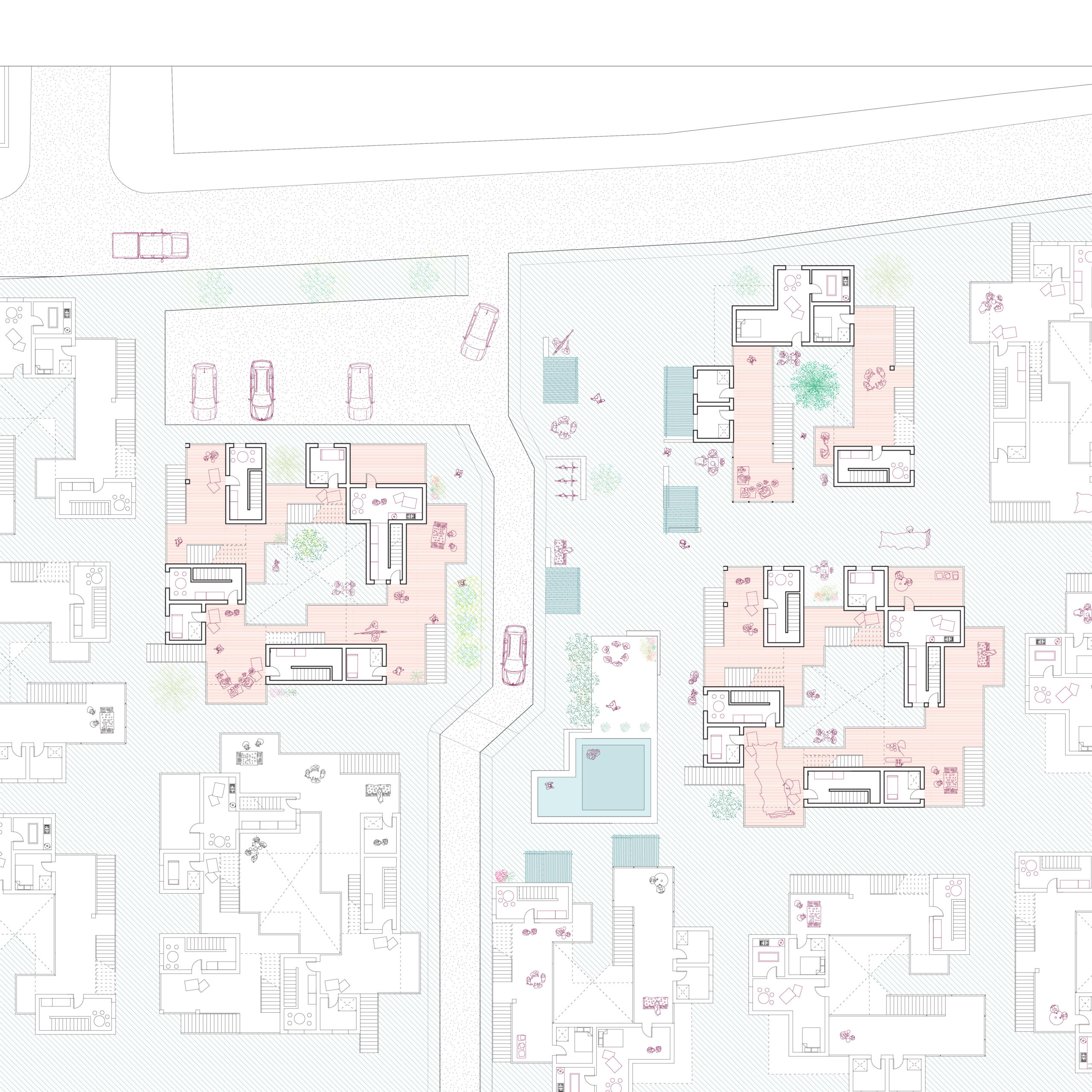
With this proposed neighborhood model, neighborhood upgradation may happen in phases, which will be less intrusive to the slum dwellers’ lives.
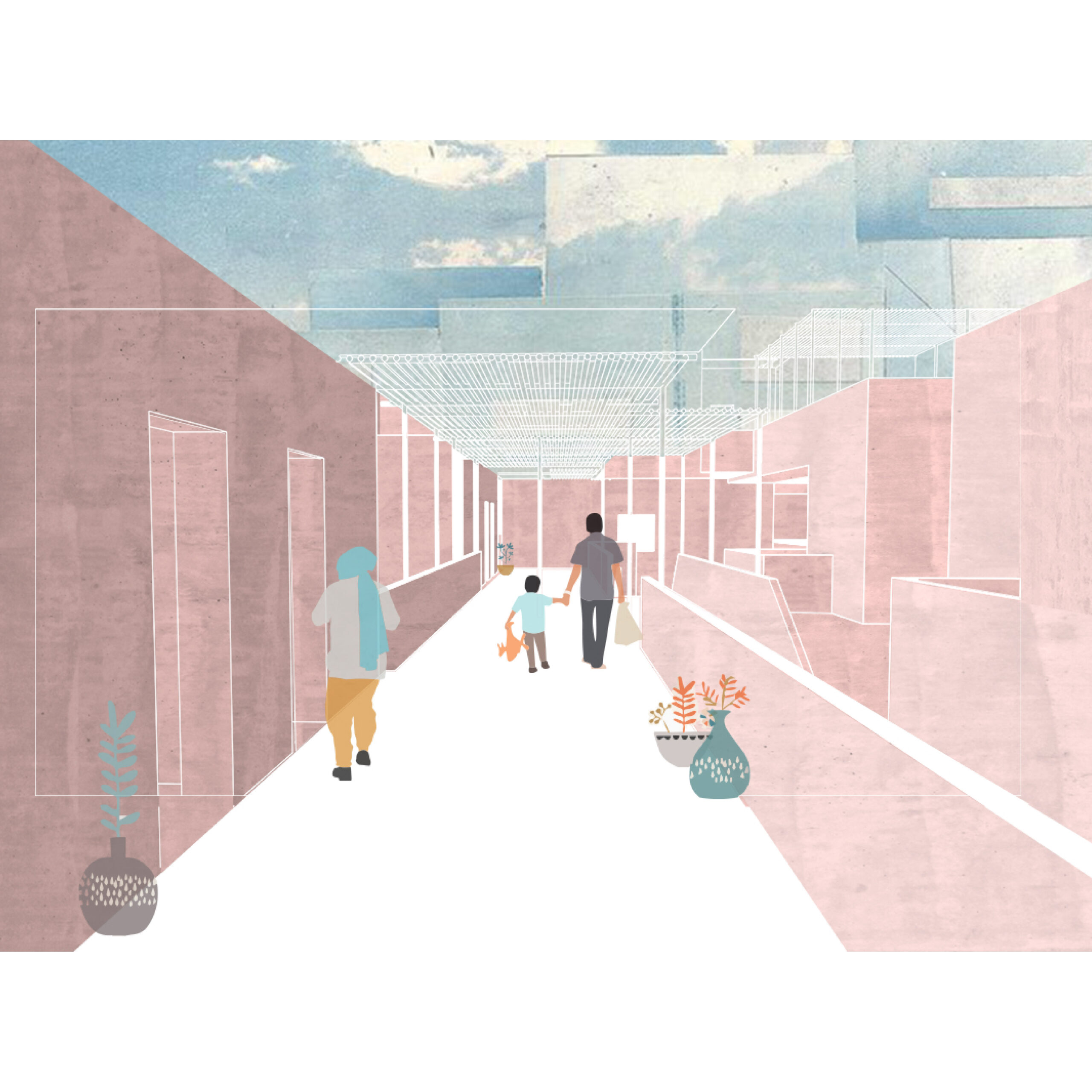
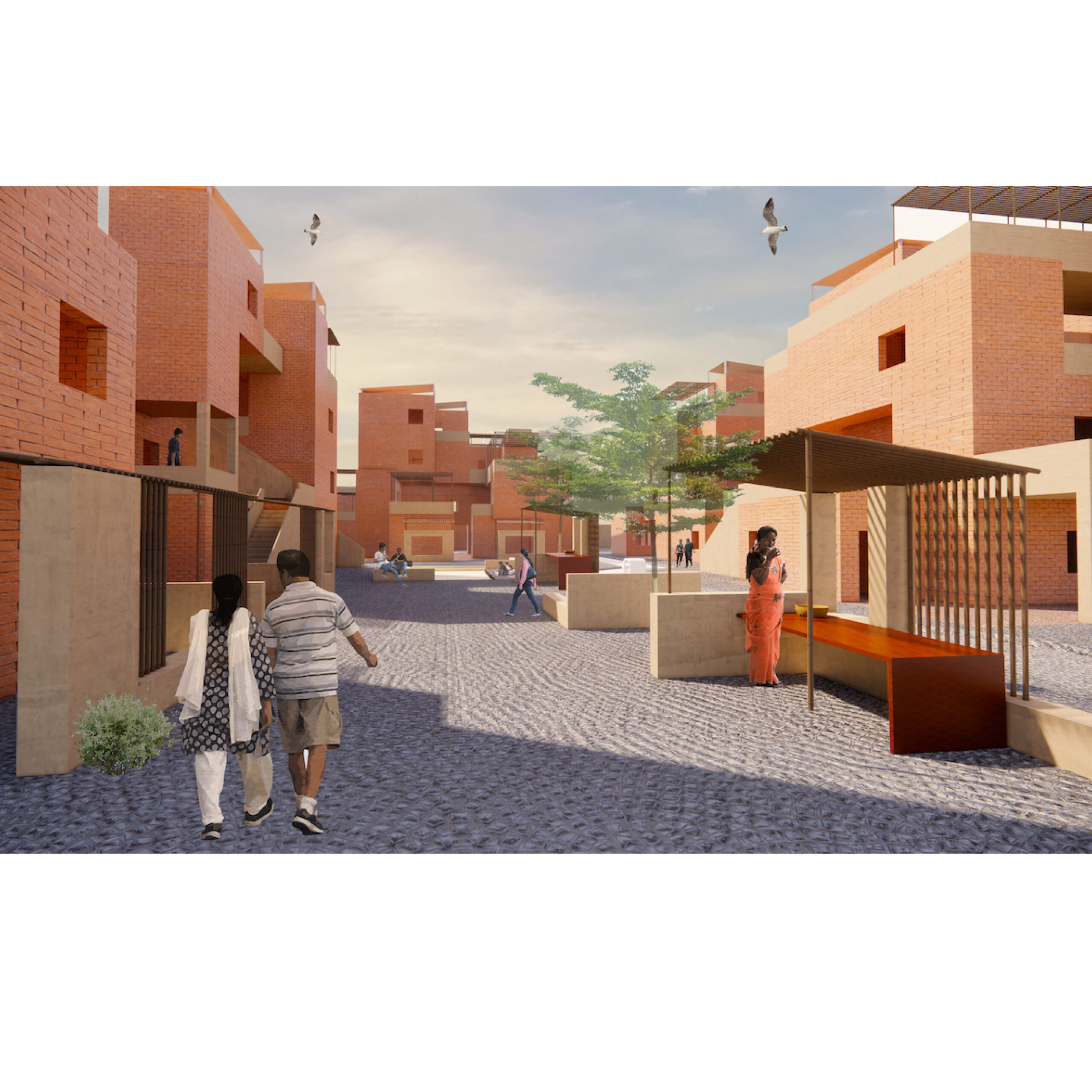
![section final [Converted]](https://yamunariverproject.wp.tulane.edu/wp-content/uploads/sites/507/2023/02/Kayla_Murray_Zihe_Ye_ARCH-8010_8-scaled.jpg)
